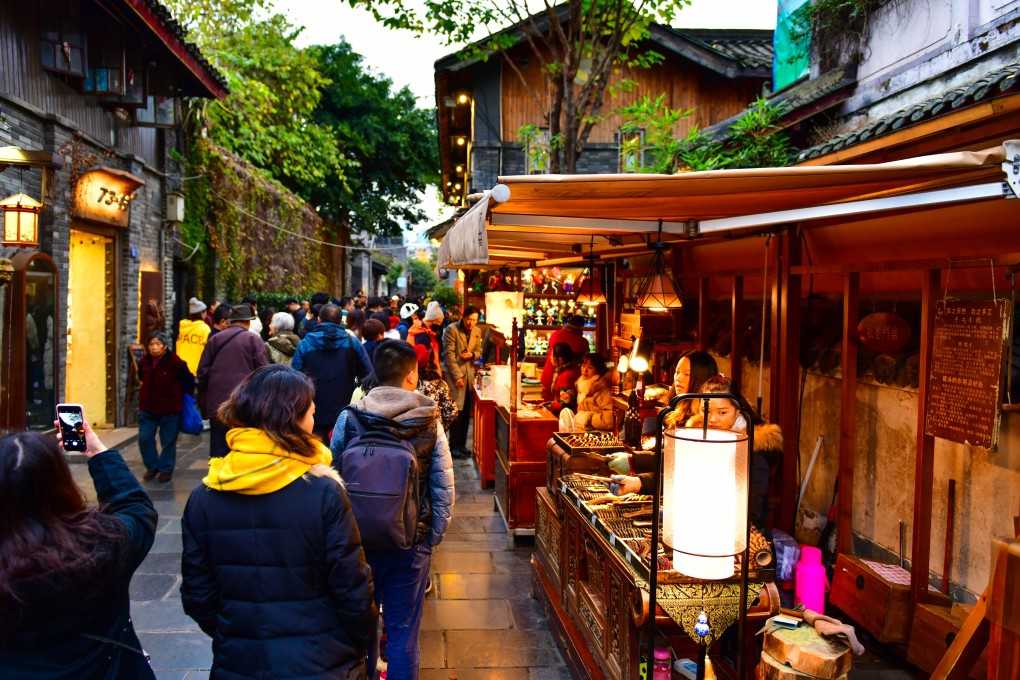China’s biggest cities losing appeal as rising costs and job uncertainties give second-tier locales a boost
- With tens of millions of people, mass lay-offs and rising living costs, traditionally first-tier cities are seeing their populations decline or stagnate
- Last year, Beijing’s population of 21.89 million decreased by about 4,000, while places such as Chengdu added nearly a quarter-million residents

China’s first-tier cities are losing their lustre as mass lay-offs and rising costs are increasingly driving people to seek a life in secondary cities such as Chengdu and Hangzhou amid the economic headwinds facing the country.
Beijing, Shanghai and Guangzhou used to be the most glamorous cities in China, heavily coveted by young people and college graduates. Yet, the latest data shows that the populations of these cities have either declined or stagnated.
In 2021, the number of residents in Beijing stood at 21.89 million, down about 4,000 people compared with a year earlier, according to the Beijing Bureau of Statistics. In 2017, Beijing’s official population decreased for the first time in 20 years.
Population growth in traditionally alluring economic powerhouses Shanghai and Guangzhou also slowed last year. Shanghai added only 10,700 people to its 24.89 million.
And Guangzhou, a magnet for migrant workers, added just 70,000 people to its 18.81 million, down from nearly half a million in 2020 and its fewest new residents in 11 years.
The pandemic has accelerated the population outflow from top-tier megacities. Mass lay-offs from various sectors, pay cuts, continued inflation rates and weak economic expectations have added great uncertainty to career outlooks.
